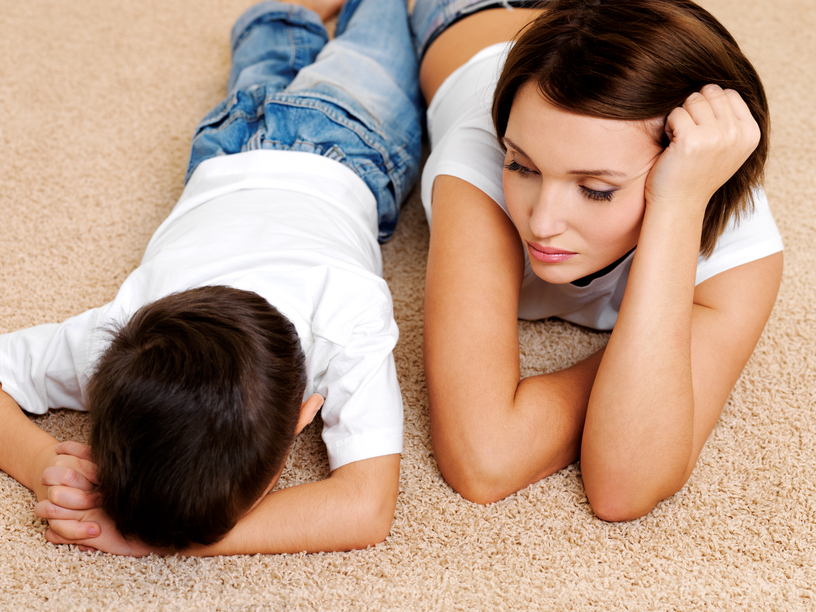Punishment in ABA for Individuals with ASD
While the word “punish” often conjures up bad thoughts for parents and professionals, punishment and reinforcement are key when looking at behavior change through ABA. Punishment in ABA decreases the chances that a particular behavior will occur again, as opposed to reinforcement which increases the likelihood of behavior.
Let’s look at the behavior analytic definitions of punishment specifically:
Positive Punisher
- Positive punishers may occur naturally in one’s environment. A child pets a strange dog and gets bit on the finger causing pain. After this occurs, the child does not pet strange dogs. That is considered a positive punisher because the bite/pain (presented stimulus) decreased petting strange dogs (outcome).
- A parent can use positive punishment as well: siblings are fighting; mom yells “stop it right now!” and the kid’s reaction is to end the fighting. Mom provides the stimulus of yelling, which decreases future occurrence of fighting.
Negative Punisher
- A negative punisher would be when the removal of a toy ends the fighting between two children. This removal decreases chance of it happening in future.
- “Time out” is also considered a negative punishment. When used correctly, it removes all reinforcement from the immediate environment resulting in a decrease in future occurrence of the punished behavior.
Providing the weekly Medical Blogs are the team of professionals, doctors, occupational and behavioral therapists at San Antonio’s premiere Autism Diagnostic Clinic, the Autism Community Network.
Contributors include:
Executive Director Dr. Loree Primeau
Medical Director Dr. A Patricia Del Angel
Training and Research Director Dr. Berenice de la Cruz
Carrie Alvarado, OTR, PhD©, DIR/Floortime-Certified
Lupe Castaneda, MS, BCBA
Adriana Sanchez, MA, BCBA
Dr. Gayla Aguilar, OTR, OTD, C-SIPT
Megan Kunze, MA, BCBA
The ACN teams works to maximize the potential of children with autism through their administrative, clinic, training and development departments. Their expertise on Aspergers Syndrome is offered to you through aspergers101.com.

